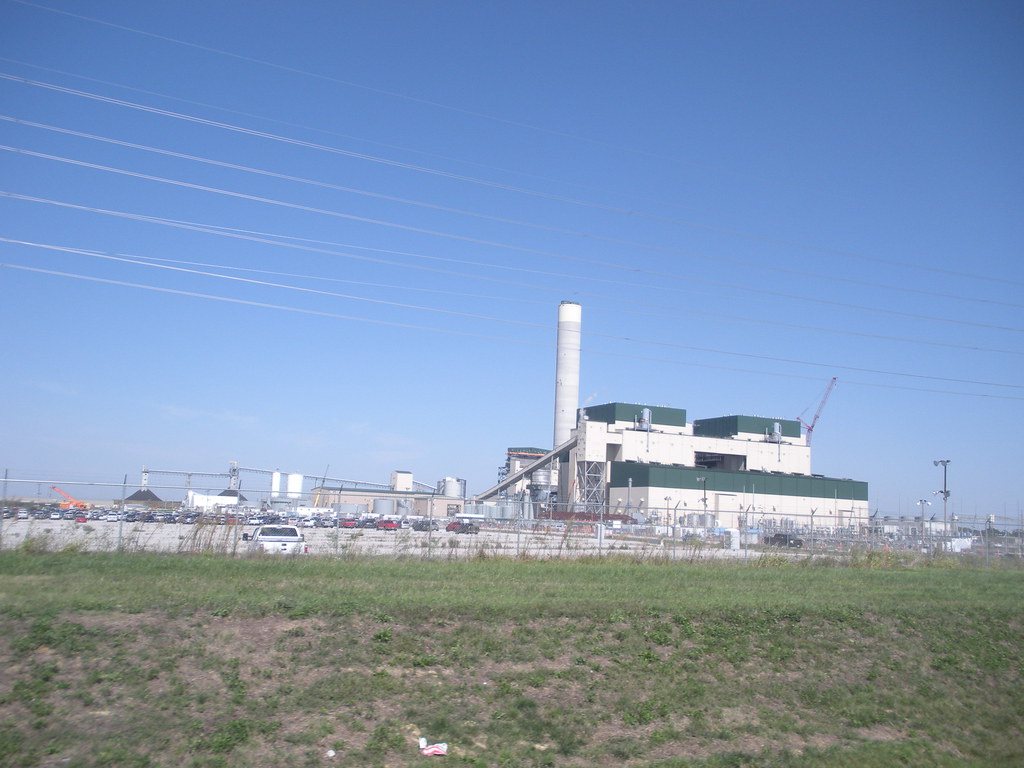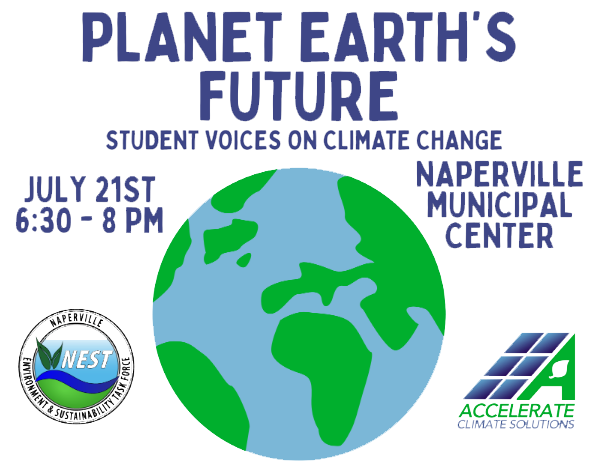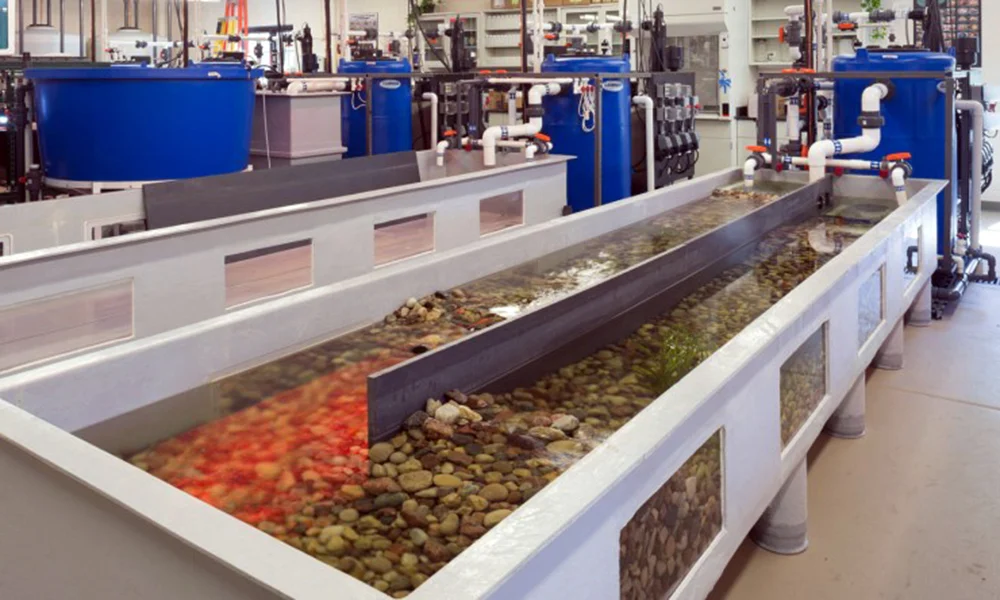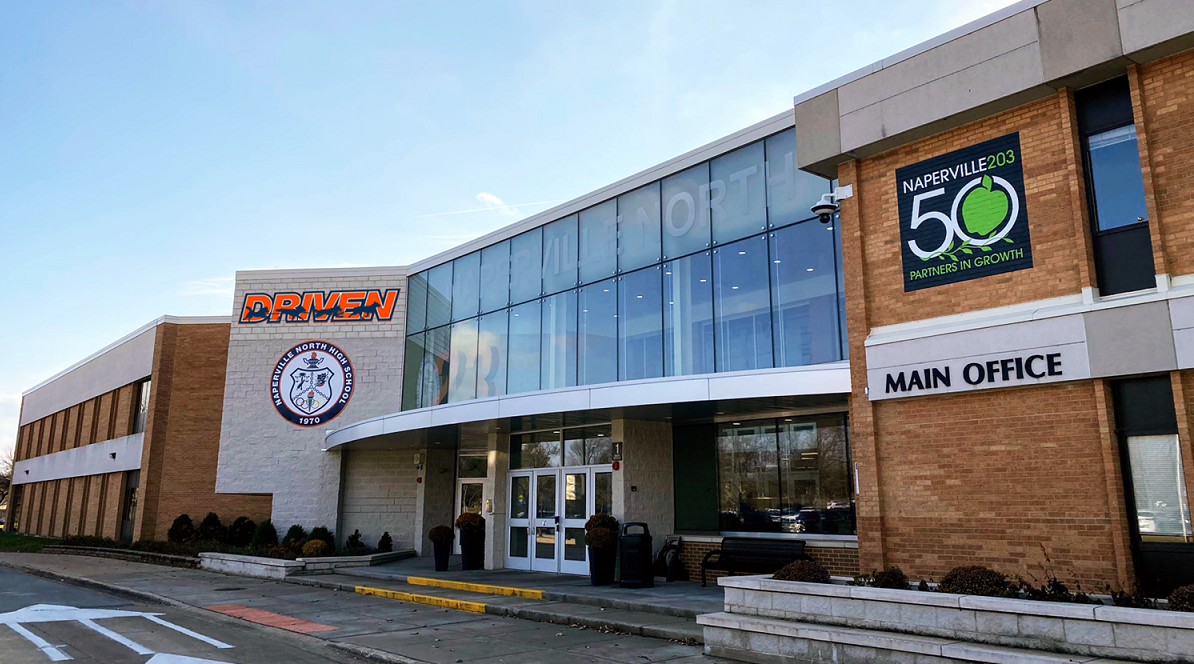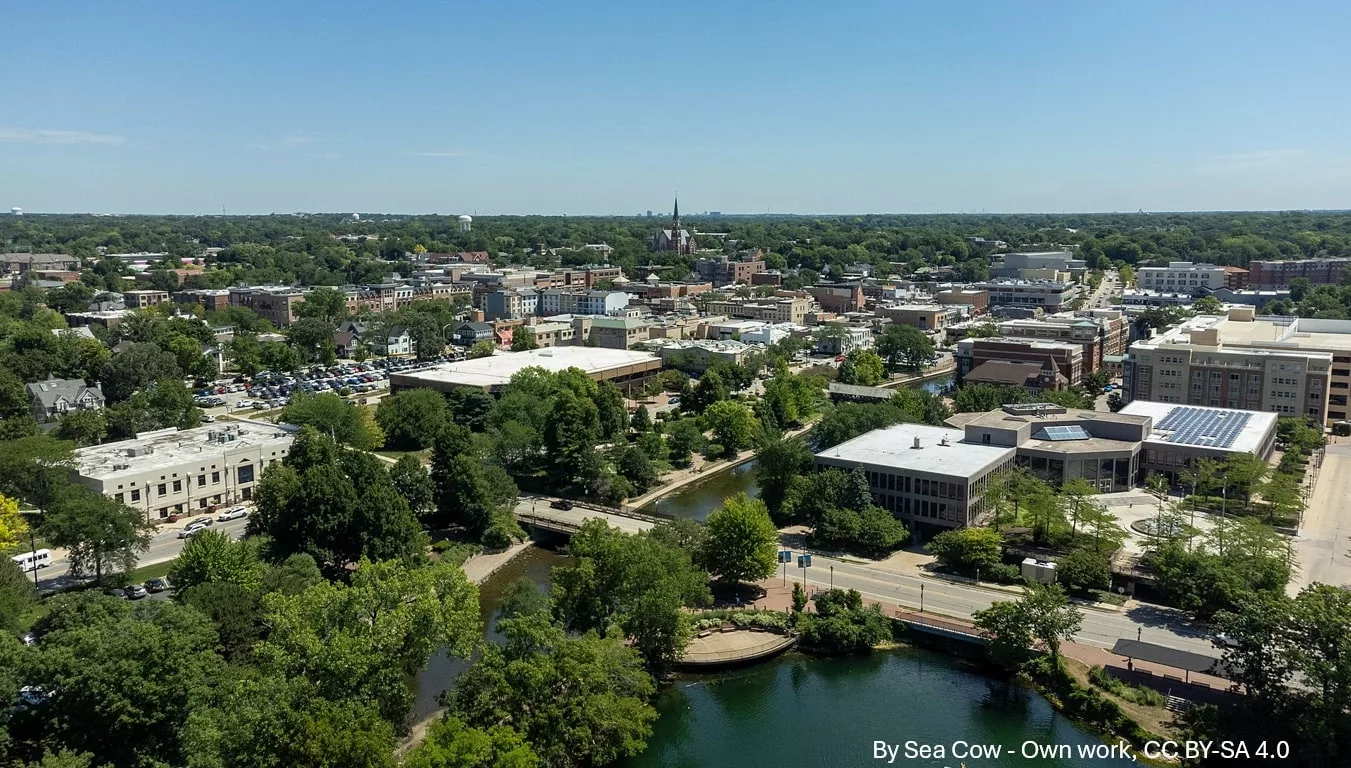-
Say No to IMEA’s Proposed Extension
Naperville’s City Council must now decide whether to sign a decades-long, multi-billion-dollar contract with no competitive bids, no pricing details, and no way out until 2055.
-
Planet Earth’s Future: Student Voices on Climate Change
As young people face an uncertain future on an overheating planet, they are taking action and raising their voices to create a better world for all who call Earth our home. Please join some amazing local climate leaders for their insights on the problems that our environment is facing. We will start with a presentation,…
-
NEST Tours of the Urban Stream Research Center
Environmental interpreters lead the tour, showcasing lab equipment as well as the overall conservation efforts of the Forest Preserve District of DuPage County.
-
School District 203 – The Path to a Sustainable Future
On May 21, speakers from D203 discussed the district Carbon Action Plan.
-
NEST PUAB Presentation
On Tuesday, April 8, NEST presented a path towards sustainable energy to the Public Utilities Advisory Board.

